Homeowners should prioritize regular maintenance and be prepared for emergency heating repairs to avoid temperature inconsistencies, costly damages, and safety risks. Stock essential tools, ensure safety, and check power supplies, thermostats, air filters, and leaks as initial troubleshooting steps. For complex issues like strange noises or insufficient heat, consult professionals promptly to prevent escalations. Regular year-round upkeep with HVAC technicians is crucial for optimal system performance and cost savings.
Staying warm is essential, especially during unexpected breakdowns. This guide provides vital emergency heating maintenance tips for homeowners. From understanding common failures like thermostat glitches and heat exchanger issues to learning safety measures and basic troubleshooting techniques, these steps empower you to navigate emergency repairs confidently. Discover the tools needed for DIY fixes and when professional assistance is crucial. Implement year-round system maintenance practices to prevent future breakdowns and ensure reliable heating when it matters most.
- Understanding Common Heating Failures
- Gather Essential Tools for Repair
- Safety Measures Before Starting
- Diagnosing and Fixing Basic Issues
- When to Call a Professional
- Maintaining Your System Year-Round
Understanding Common Heating Failures
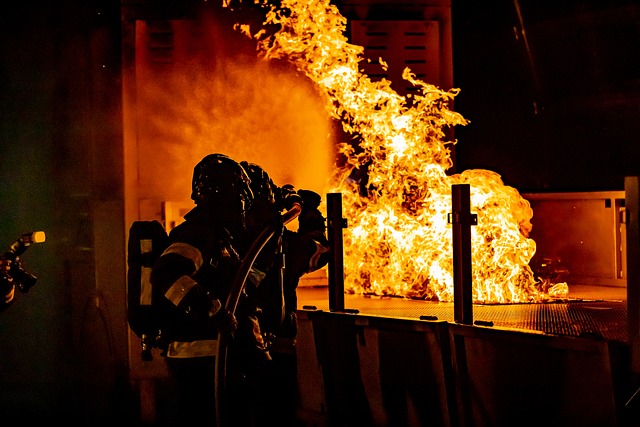
Heating systems are often taken for granted until they stop working. Understanding common heating failures can help homeowners prepare for and prevent emergency situations. One of the most frequent issues is a malfunctioning thermostat, which can lead to temperature fluctuations and inefficient heating. Another typical problem involves a gas furnace repair, where issues with ignition coils, heat exchangers, or venting systems cause the heater to stop functioning entirely.
Baseboard heaters are also prone to problems, often requiring emergency heating repair for issues like faulty elements, loose connections, or water damage. Regular maintenance, including cleaning air filters and checking for leaks, can resolve many of these issues before they escalate. For instance, gas furnace repair tips recommend periodic inspections and cleaning to ensure optimal performance and longevity.
Gather Essential Tools for Repair
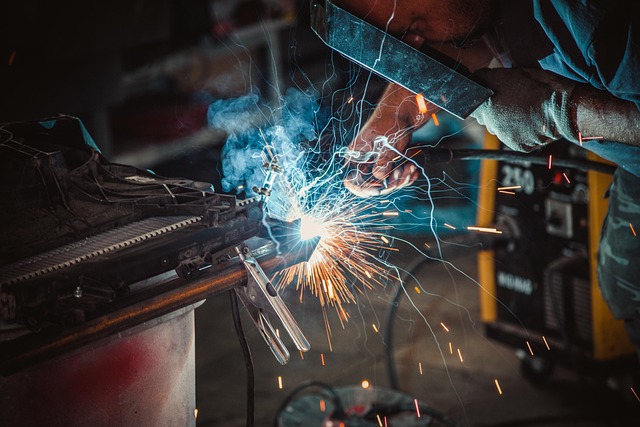
When it comes to handling emergency heating repairs, being prepared is key. Before tackling any issues, ensure your toolbox is stocked with essential tools tailored for such situations. This may include a multimeter for voltage checks and identifying faulty wiring, a heat gun or blowtorch for drying out components after water damage, and pliers and screwdrivers of various sizes to assist in tightening or removing parts. Don’t forget about safety gear like gloves and protective eyewear; these are non-negotiable when dealing with any repair work.
Having the right tools on hand allows for more efficient temp control system troubleshooting and can help prevent further damage. Moreover, it enables you to swiftly implement cheap emergency heating solutions if needed, ensuring your home stays cozy during unexpected dips in temperature. Remember, regular maintenance checks can also save you from costly repairs down the line, so keep those tools handy and your heating system in top shape.
Safety Measures Before Starting

Before tackling any emergency heating repair, prioritizing safety is non-negotiable. Always turn off the power supply to your heating system before beginning any work. This prevents accidents and electrical shocks. Wear protective gear such as gloves and safety glasses to shield yourself from potential hazards. If you’re dealing with a frozen heating element, be prepared for a possible water leak; have a bucket or towel at hand to catch any dripping water.
When in doubt, don’t hesitate to call a heater technician. While DIY methods can help with minor issues like fixing a frozen heating element, more complex problems require professional expertise. Regular maintenance is key to avoiding emergencies; refer to a heat pump repair guide if you own such a system. Remember, your safety and the proper functioning of your heating equipment are paramount.
Diagnosing and Fixing Basic Issues
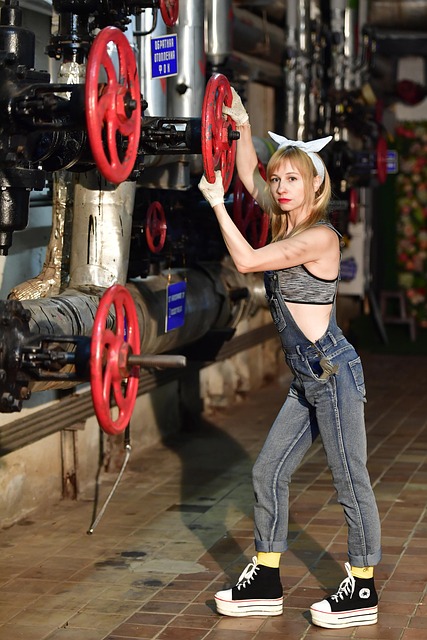
Many emergency heating repairs can be avoided with regular maintenance and a bit of know-how. If your heater is not performing optimally or has suddenly stopped working, there are some basic issues you can diagnose and fix yourself before calling an emergency plumber Bromsgrove. Start by checking the power supply; ensure the circuit breaker hasn’t tripped or that the fuse isn’t blown. Next, examine the thermostat settings; it might be set too low or disconnected from the system. A faulty thermostat is a common reason why is my heater not working.
If your heater seems to be operating but produces no heat, inspect the air filters and ensure they are clean and unobstructed. Dirty filters can restrict airflow, leading to insufficient heating. Additionally, check for any leaks in the system, especially around connections and joints, as these could cause pressure issues. If you feel comfortable doing so, trying replacing the heating element or the pilot light (if your heater uses one) to see if that resolves the problem. Remember, if you’re unsure about any of these steps or the issue seems complex, don’t hesitate to contact a professional for help with emergency heating repair.
When to Call a Professional
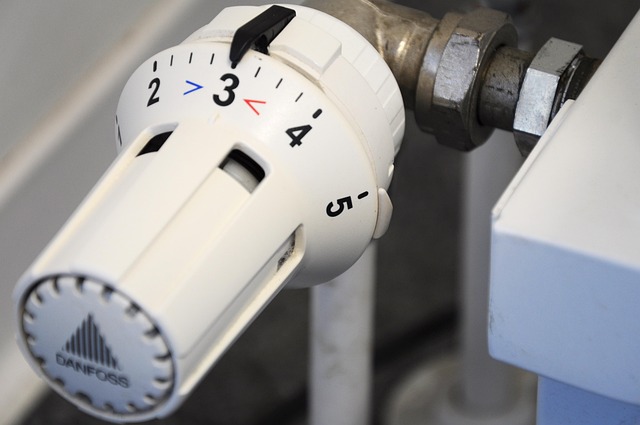
If your heater has suddenly stopped functioning or isn’t performing optimally, it’s crucial to distinguish between minor issues that can be DIY-fixed and when it’s time to call in a professional. While temporary solutions like resetting the thermostat or clearing dust from vents might help in some cases, persistent problems like strange noises, unusual odors, or lack of heat output often signal a deeper issue.
In such scenarios, why is my heater not working could be due to various factors, ranging from faulty wiring to a damaged heat exchanger. Ignoring these signs can lead to more serious problems and even pose safety risks. Therefore, if you’re unsure about what’s causing the issue or feel uncomfortable handling it yourself, it’s best to contact emergency heating repair services. Seeking the help of qualified professionals is always recommended for maintaining optimal emergency heating safety tips and ensuring your home stays warm during unexpected breakdowns.
Maintaining Your System Year-Round
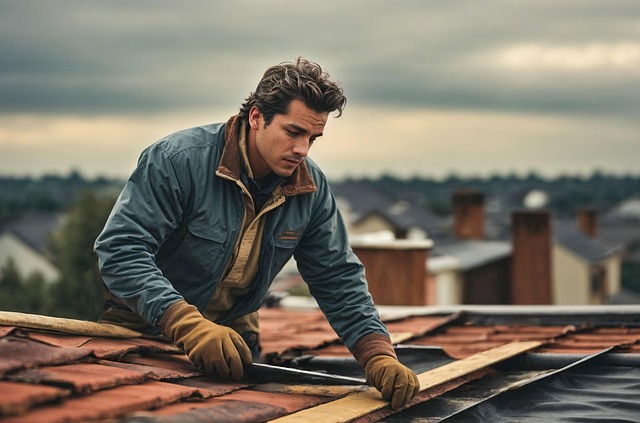
Maintaining your heating system year-round is crucial for preventing unexpected breakdowns and ensuring optimal performance when you need it most. Regular upkeep goes beyond seasonal checks; it’s an investment in both comfort and cost savings. A well-maintained residential heater won’t just keep your home warm during harsh winters, but also extend its lifespan, reduce energy bills, and minimize the need for emergency heating repair.
Start by scheduling routine inspections with a qualified HVAC technician who can identify potential issues before they escalate. This involves cleaning or replacing air filters, checking for leaks in ducts or piping, and lubricating moving parts. Additionally, keep an eye on unusual noises, high energy bills, or flickering heaters, as these could be early indicators of a problem. Addressing these issues promptly, whether it’s a simple fix like how to fix a broken heater or comparing heater repair costs for more complex problems, can save you from severe cold and avoidable expenses in the long run.
In light of the above, it’s clear that regular maintenance and swift action are key to avoiding costly and inconvenient emergency heating repairs. By understanding common failures, keeping essential tools at hand, prioritizing safety, and learning basic troubleshooting, you can significantly extend the life of your heating system. Remember, while DIY methods can help with minor issues, recognizing when to call a professional is crucial for complex problems. With the right knowledge and precautions, you’ll be well-equipped to navigate any heating challenges that arise, ensuring comfort and peace of mind throughout the year.
